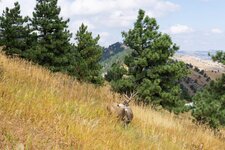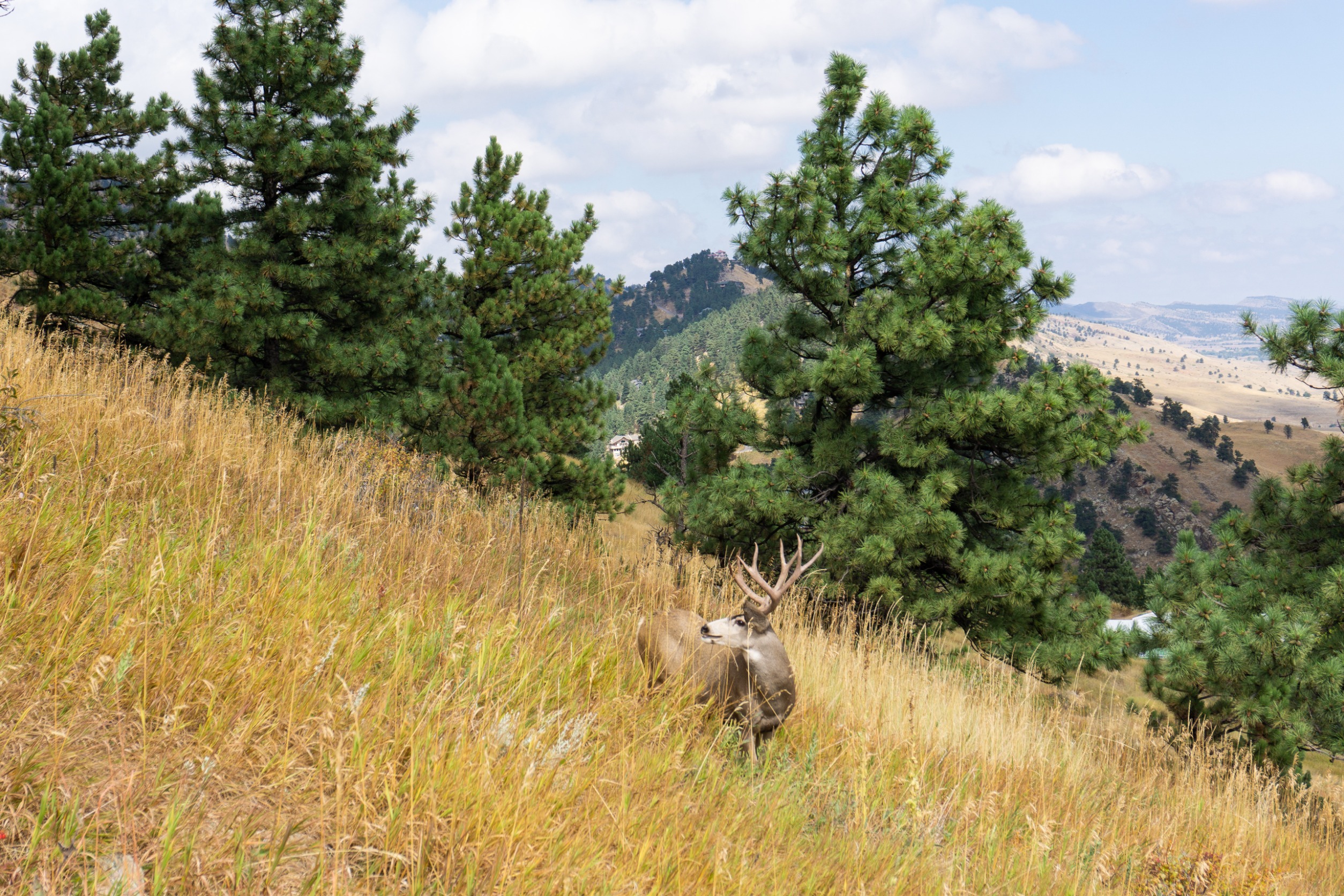One thing I would like to add is how resilient and quickly native species respond to the removal of cheatgrass competition where there is still remnant native species and native seed in the soil. We have found that the diversity of these species (including annual and other short-lived native species) increases every year after application. Obviously, the sooner areas are sprayed after cheatgrass invasion, the quicker the recovery.
As mentioned at the end of the podcast. I really think it's important for the public (and hunters) to get involved. Public support of wildlife enhancement projects to county commissioners and land management agencies allows many of these projects to run smoothly and effectively. Whether it is volunteering for fence removal or offering financial support, it is time and money well spent!
Thanks for the follow up info here - definitely sounds like Rejuvra is even more promising for longer term cheatgrass control than I had initially thought (and I already thought it was the bee's knees!). Keep it up and hopefully we can keep making things better for deer (and all the other native wild life).
I probably glossed over this a bit in the show, but with the "getting involved" piece, I would recommend folks reach out to elected officials and other people of influence if you want to see more of this. I sometimes reflect on the meetings last spring with Governor Gordon about our winter mortalities on deer in western Wyoming. It was definitely a good thing to see, but if we could have this type of groundswell from communities about making habitats more productive, I could just imagine what that would have for impacts and how much more of this work we could do. Calls, letters or emails to these officials (done respectfully of course) can have a ton of influence on what squeaky wheel gets the grease. It doesn't happen overnight, but they pay attention if enough folks let them know this is what they care about.
Secondly, pay attention to large scale planning efforts that management agencies have, and get involved early. Game and Fish, BLM, and the USFS all go through these efforts in some areas from time to time. Effective comments are always considered (not always implemented), so you can make them as long or as short as you would like. Something as simple as "I support option X because it will have positive benefits on Area Y where I like to go hunting" can do the job.
Thirdly, on the Time, Talent or Treasure part of involvement.... if you don't have
time to stay up to speed on every RMP or Forest plan revision,
financially support organizations that will do it on behalf of our community. WY Wildlife Federation is a great one that comes to mind in Wyoming, but there are ump-teen others across the country. When you join those groups, take the time to both research how well they support what you are interested in, AND tell them what in particular you want to see them support and what matters to you. WWF for instance will spend a lot of time fighting bills that are bad for wildlife, but if you want them to advocate more strongly with decision makers to do habitat work (or whatever), let them know.
Lastly, on the
talent part... If you have a helicopter, heavy equipment skills, are a budding scientist with a great idea, et cetera reach out to folks that are doing this work. Many of the costs of doing this work are hiring highly trained people to get it done (if you saw me run equipment you would know why we hire people!). If you are willing to do it at cost, or for free, there is no shortage of people that would love to have you help out. You'll get to see really cool country, learn it better, and contribute a ton to the resources we love.
Robby talks often about how hob-knobbing with wildlife folks will make you a better deer hunter, and that may be true. But
making more deer habitat for darn sure goes a lot further at doing just that than hanging out with me and learning the difference between basin big sage and Wyoming big sage!


